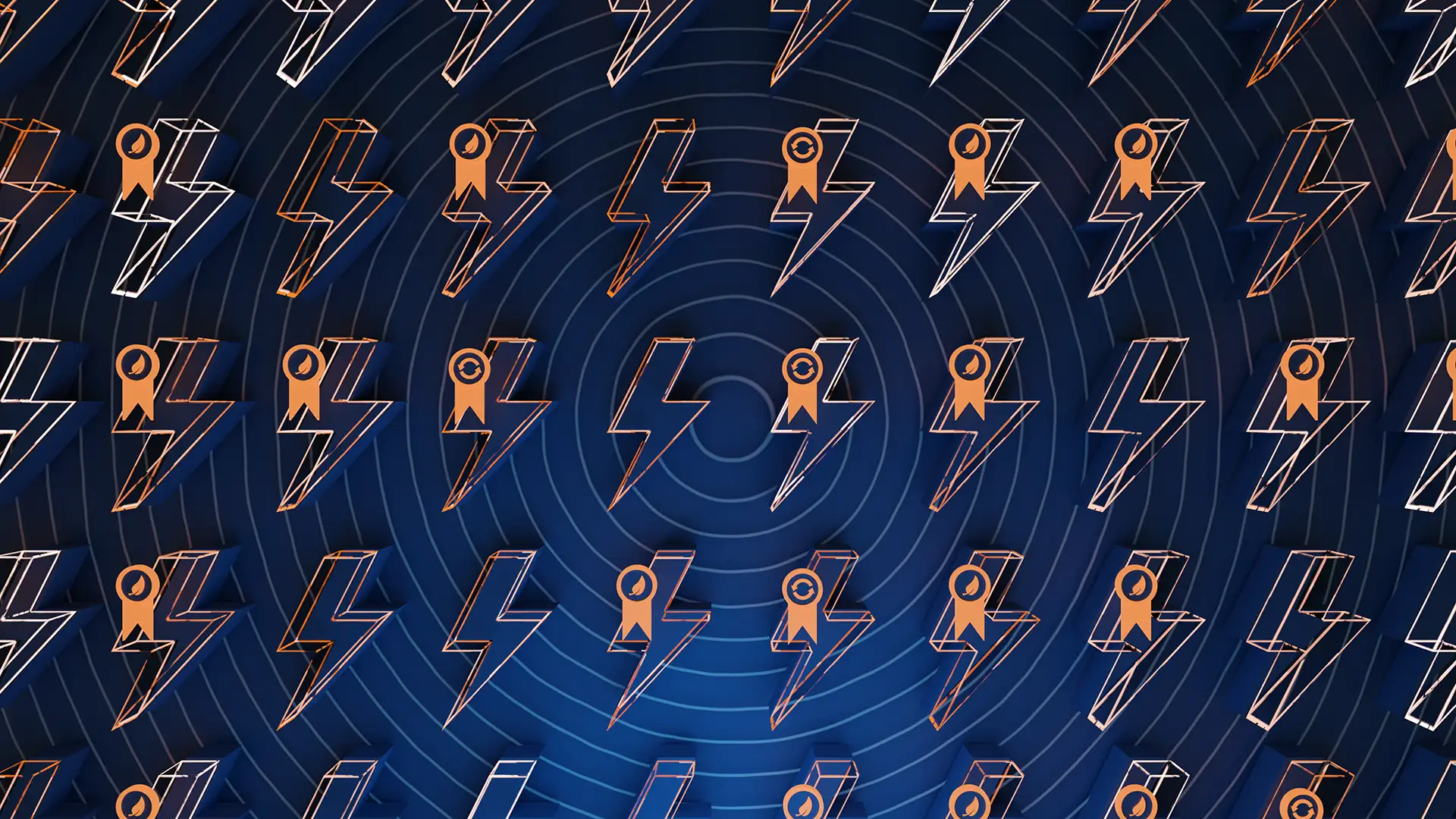The climate crisis is a challenge we must all face, and at TotalEnergies, we fully support both the European Union’s Green Deal and its ambition to become a net-zero economy by 2050. We are willing to play our part too, transforming our business to become major European suppliers of renewable electricity, biomethane and biofuels. However, Europe’s green transformation – and the wider energy transition – would go faster if the EU reformed its Single Market in two key areas.
Guarantees of Origin (GO) as a cornerstone for the development of the internal market for sustainable energies
The first is in renewable energy, which is in increasing demand. Naturally, people who use green electricity want to be sure that it really does come from renewable sources, which is why a system of guarantees of origin was created. A guarantee of origin (GO) is a traceability label. It acts as proof of the energy source and creates transparency by certifying the electricity purchased and consumed – especially since GOs are designed to be traded. In principle, a single standardised GO makes it possible to track ownership and verify claims.
However, even though it is broadly defined in the EU’s 2009 Renewable Energy Directive, there is currently no harmonised EU system for GOs. For example, while GOs can be used to track and trace gases like biomethane that are put on the gas grid, some EU Member States, in particular France, only accept it under certain conditions, like a specified carbon dioxide concentration. There are other discrepancies amongst Member States, such as whether to distinguish between GOs for electricity injected into the grid and GOs for electricity used onsite.
Putting in place a harmonised GO mechanism to certify the renewable credentials of the electricity or gas consumed would avoid a situation like where the absence of harmonised EU regulations has led to various national systems emerging rather than of an optimised European system.
A European harmonisation of GOs that incorporates the sustainability criteria of the EU’s 2018 Renewable Energy Directive (RED II) would help create an organised renewable energy market on the scale of the continent. It would ensure that these guarantees could be traded under conditions of transparency and security.

EU harmonised and flexible rules for SAF to take off
The second area where the EU should act is with sustainable aviation fuel (SAF), which is already helping the aviation sector become cleaner and greener.
While European aviation has committed to net-zero emissions by 2050, the development and deployment of solutions to address this enormous industrial and technological challenge are still some decades away. In the short and medium-term, sustainable aviation biofuel is one of the most promising ways to meaningfully reduce the environmental footprint of aviation. SAF is produced from waste products like used cooking oil and other sustainable feedstocks. It is a safe, proven fuel, with the potential to reduce lifecycle emissions by up to 80% compared with conventional aviation fuel – kerosene.
Today, SAF supply is limited, accounting for less than one percent of global jet fuel use, mainly because of the current high costs of production. Without efficient incentives, it remains uncompetitive for final users. This is why governments are starting to mandate SAF levels in aviation mixes. For example, France is imposing a blending mandate of 1% of SAF from January 1, 2022, with a target of 5% in 2030 and other Member States like Spain or the Netherlands have also started discussions on mandates or targets. But this is a Single Market issue: the blending mandate should be agreed across the EU (and, ideally, at global level).
The European Commission has already moved in this direction in the Fit for 55 package by proposing an harmonized minimum blending mandate for SAF by 2025 in the proposed ReFuelEU Aviation regulation. This will provide the necessary regulatory framework for a massive deployment of SAF while supporting industrial investments for the multiple pathways and technological solutions needed to scale up production.
While the level of blending mandate must absolutely be harmonised at EU level, it is key that new production facilities could count on secured access to a sufficiently large range of sustainable feedstocks with already mature technologies. This could be done by assuring the eligibility of a sufficiently large range of RED II compatible feedstocks for SAF production (but excluding food and feed crops), and by leaving some flexibility at Member State level to take into account the specificities of each region while respecting the very strict European sustainability criteria.
Of course, these two measures – on guarantees of origin and sustainable aviation fuels – would be just part of the massive regulatory challenge that the EU is undertaking. But both would nonetheless go a long way to helping the development of alternative and sustainable fuels, which both consumers and industry are seeking. And, along the way, these measures will make it easier and faster to achieve the objectives of the Green Deal.
However, even though it is broadly defined in the EU’s 2009 Renewable Energy Directive, there is currently no harmonised EU system for GOs.
Today, SAF supply is limited, accounting for less than one percent of global jet fuel use, mainly because of the current high costs of production. Without efficient incentives, it remains uncompetitive for final users.


